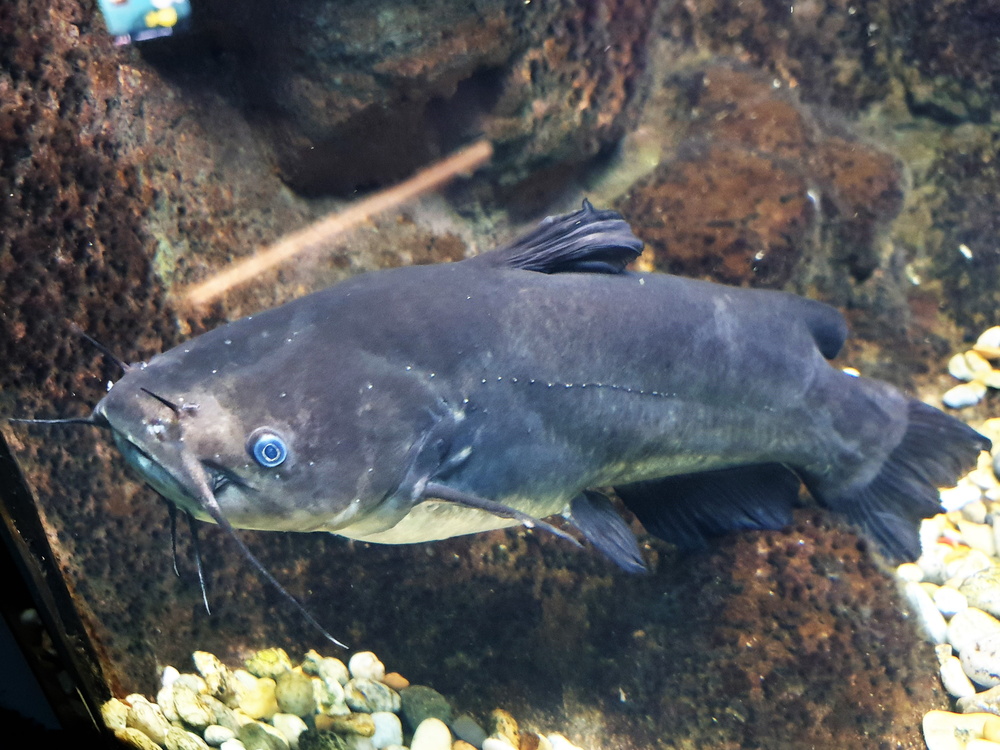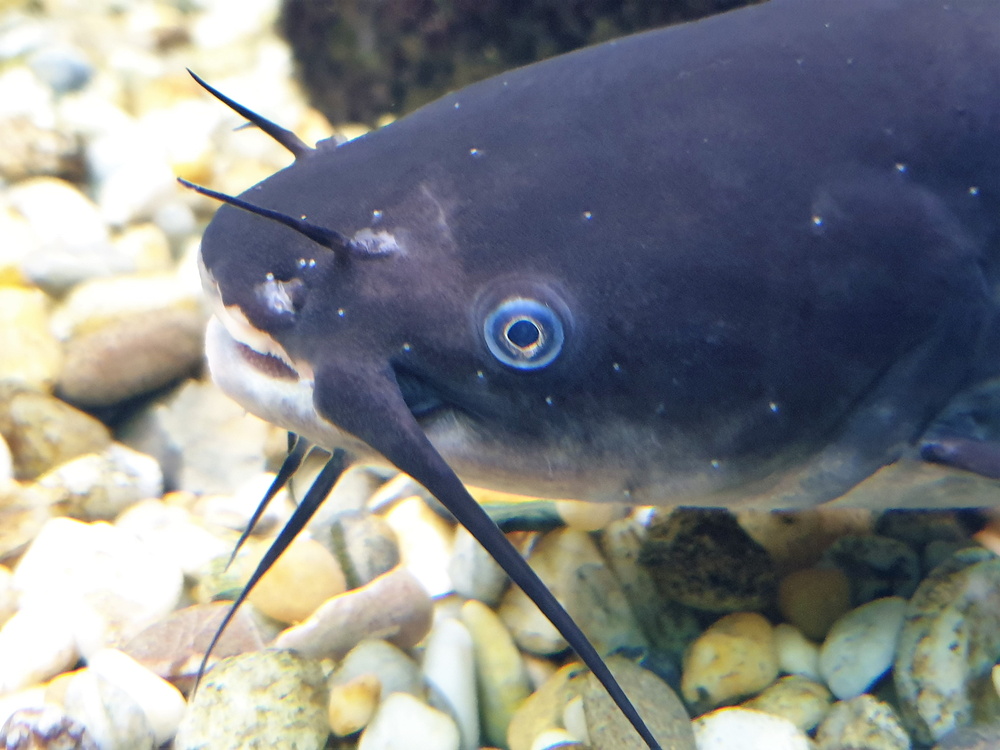Farming remarks
Ameiurus melas is a nocturnal, bottom-feeder catfish of the Ictaluridae family. It is native from the USA, Canada, and north of Mexico and has been introduced outside of its range in US river basins, many European countries, Puerto Rico, Mexico, and Chile, where it is considered invasive and a nuisance. A. melas is commonly cultured in the USA and Italy, traditionally in ponds. Market size can be achieved in one growing season. Therefore, most cultured A. melas might be JUVENILES. A. melas is a social species, with no migratory behaviour and no aggression reported in captivity nor the wild, which are positive characteristics in cultured FISHES. However, the current farming densities are much higher than what A. melas experiences in the wild, and there are no studies on the effects that these farming conditions might have on the individual well-being. Research showed better growth in ponds than in cages, but new alternatives have been researched in recent years, such as including floating trays in cages to offer cover to the FISHES. There is little information about how A. melas is reproduced in farms, with evidence that FINGERLINGS are obtained from the wild. Therefore, more research needs to be done in this area. A stunning and slaughter protocol needs to be studied and implemented for A. melas as well.
For details see: WelfareCheck | farm













